MORE IMPORTANT INFORMATION ABOUT YOUR TRAVEL TO Freiburg
The Train station is located at the center of Freiburg
Freiburg im Breisgau (German: [ˈfʁaɪbʊʁk ʔɪm ˈbʁaɪsɡaʊ]; Alemannic German: Friburg im Brisgau [ˈfʁiːb̥əɡ̊]) is a city in Baden-Württemberg, Germany, with a population of about 220,000. In the south-west of the country, it straddles the Dreisam river, at the foot of the Schlossberg. Historically, the city has acted as the hub of the Breisgau region on the western edge of the Black Forest in the Upper Rhine Plain. A famous old German university town, and archiepiscopal seat, Freiburg was incorporated in the early twelfth century and developed into a major commercial, intellectual, and ecclesiastical center of the upper Rhine region. The city is known for its medieval minster and Renaissance university, as well as for its high standard of living and advanced environmental practices.
Source:
WikipediaADDITIONAL INFORMATION ABOUT Chemnitz
The Train station is located at the center of Chemnitz
Chemnitz (German: [ˈkɛmnɪts], from 1953 to 1990: Karl-Marx-Stadt; Upper and Lower Sorbian: Kamjenica; Czech: Saská Kamenice) is the third largest city in the German federal state of Saxony after Leipzig and Dresden. It is the 28th largest city of Germany as well as the fourth largest city in the area of former East Germany after (East) Berlin, Leipzig and Dresden. The city is part of the Central German Metropolitan Region, and lies in the middle of a string of cities sitting in the densely populated northern foreland of the Elster and Ore Mountains, stretching from Plauen in the southwest via Zwickau, Chemnitz and Freiberg to Dresden in the northeast. Located in the Ore Mountain Basin, the city is surrounded by the Ore Mountains to the south and the Central Saxon Hill Country to the north. The city stands on the Chemnitz River (progression: Zwickauer Mulde→ Mulde→ Elbe→ North Sea), which is formed through the confluence of the rivers Zwönitz and Würschnitz in the borough of Altchemnitz. The name of the city as well as the names of the rivers are of Slavic origin. Chemnitz is the third largest in the Thuringian-Upper Saxon dialect area after Leipzig and Dresden.
Source:
WikipediaImages of the trains for your trip


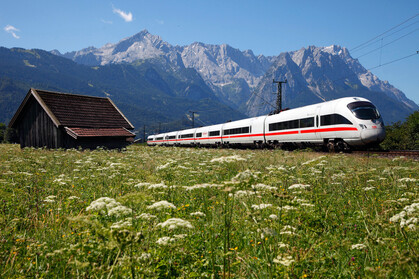

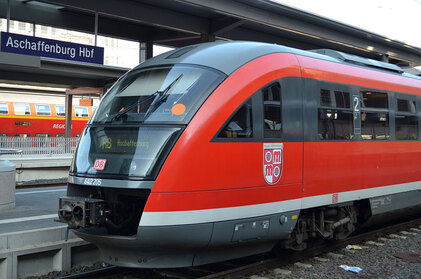







Where Can You Travel With Us?
TAKE A LOOK AT OUR MAP
France
Italy
Netherlands
Luxembourg
Austria
Germany
Belgium
Switzerland
Denmark
Sweden
Norway
Hungary
Czech
Ukraine
China
Active
France, Italy, Netherlands, Luxembourg, Austria, Germany, Belgium, Switzerland, Denmark, Sweden, Norway, Hungary, Czech, Ukraine, China
Upcoming
USA, Canada, Spain, Poland, Japan
Other Train Trips From Chemnitz

Chemnitz to Lauterbach Hess North
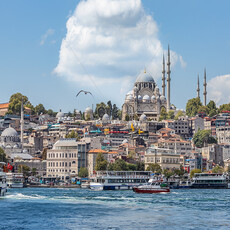
Chemnitz to Wolkenstein

Chemnitz to Burgkunstadt

Chemnitz to Jena Goeschwitz

Chemnitz to Nidderau

Chemnitz to Riegel Malterdingen
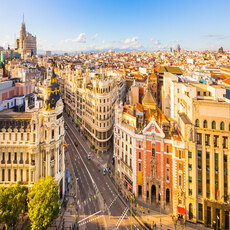
Chemnitz to Leipzig Messe
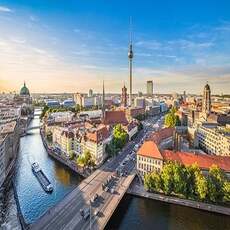
Chemnitz to Altenahr

Chemnitz to Wilhelmshaven

Chemnitz to Pressig Rothenkirchen

Chemnitz to Lengenwang

Chemnitz to Iserlohn

Chemnitz to Istein

Chemnitz to Petershausen Obb
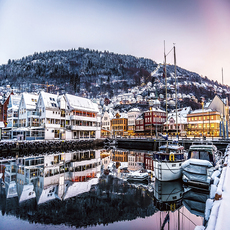
Chemnitz to Unterhaching

Chemnitz to Ascheberg Holst

Chemnitz to Gotteszell

Chemnitz to Monchengladbach Lurrip

Chemnitz to Bredstedt
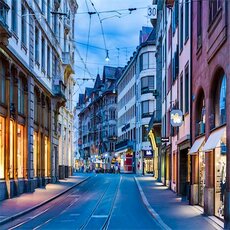
Chemnitz to Sussen

Chemnitz to Klosterreichenbach
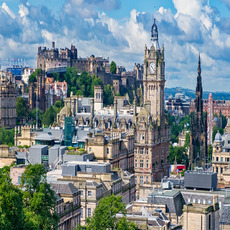
Chemnitz to Malsfeld
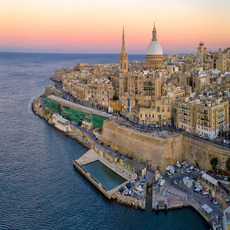
Chemnitz to Bergisch Gladbach
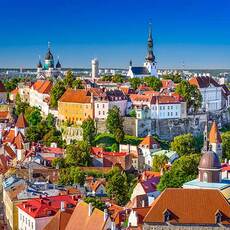
Chemnitz to Mettlach

Chemnitz to Pellworm
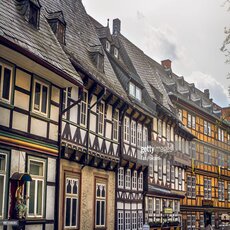
Chemnitz to Weiden Oberpfalz
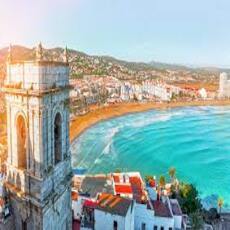
Chemnitz to Tarp
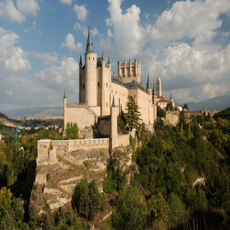
Chemnitz to Obertraubling
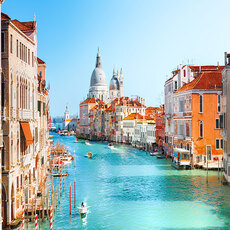
Chemnitz to Offenbach Main Ledermuseum

Chemnitz to Bacharach
WHY YOU SHOULD TRAVEL BY TRAIN?
To travel from Chemnitz To Freiburg, trains would be the best travel choice, for several reasons:
1
Eco-Friendly
Trains are the most environmentally-friendly way of transport to the EU Environment Agency. They are powered by electricity, which is renewable and has a low environmental impact.
2
Speed
Travelling by train is in most cases the fastest way to go from Rome to Milan. Trains usually travel at high speeds, making them the fastest way to get from one place to another.
3
Safety
Travelling by train is one of the safest forms of transport. Trains are heavily regulated and monitored, making them safer than other forms of transport.
4
Price
Travelling by train is often cheaper than other forms of transport, such as flying or taking a bus. Trains are often subsidized by the government, making them cheaper than other forms of transport.
5
Luggage
Travelling by train is a great way to transport luggage. Trains usually have plenty of space for luggage and they are usually safe and secure.
6
Luggage
Travelling by train is often faster than other forms of transport, such as driving or taking a bus. Trains usually travel at high speeds, making them the fastest way to get from one place to another.
7
Comfortability
Travelling by train is usually very comfortable. Trains usually have comfortable seating and plenty of legroom, making them a great way to travel.
8
Comfortability
Travelling by train is a great way to get some sleep. Trains usually have comfortable seats and plenty of legroom, making them a great way to get some rest while travelling.
9
WIFI
This is not necessarily the most important when you travel since we prefer to tell you to enjoy your travel without your phones, but on trains, you can find WIFI onboard, so you remain connected to the internet if you choose to.
THESE ARE THE TRAIN OPERATORS WE WORK WITH




















